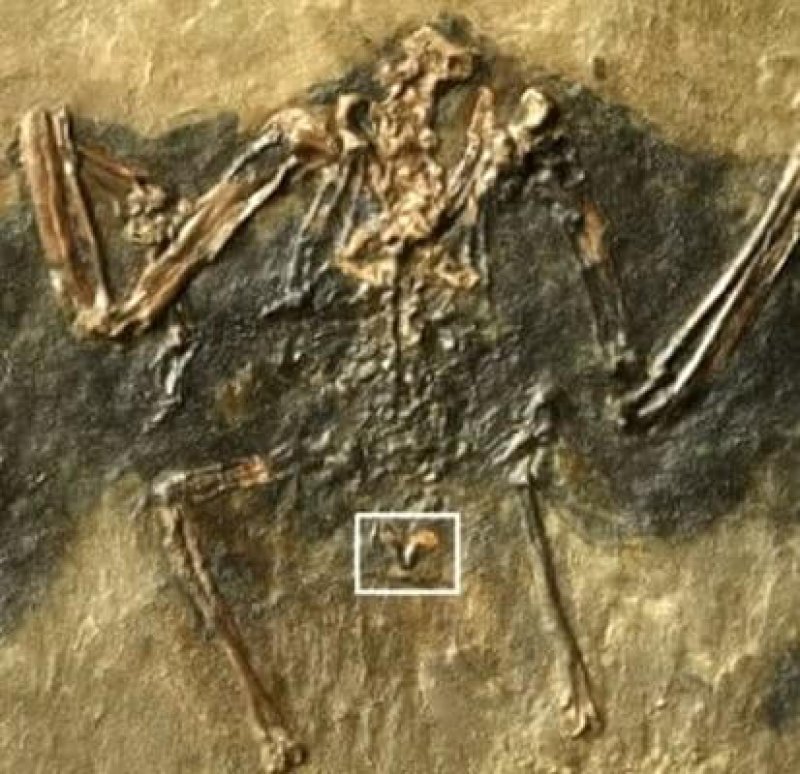…
While skin, hair and feathers are the soft stuff these rare fossils are usually made of, researchers have thought that structures preserved in some bird fossils look an awful lot like uropygial glands. Also known as preen or oil glands, they sit near the base of the tail and secrete an oil that has, among other things, anti-bacterial properties.
…
Sampling what appeared to be the fossil’s preen glands as well as its feathers, the researchers also took samples from the oil shale sediment in which it had been found for comparison. They also collected a number of fresh gland samples from birds that were probably not too happy about that.
…
[T]he profile of the gland-like fossil structure was very different than that of the feathers or sediment, but much more similar to the modern bird gland samples.…
[I]t is impressive, both that the tissues could be preserved for that long and that the team could identify them. It gives paleontologists another way to study these extinct animals.The GLP aggregated and excerpted this blog/article to reflect the diversity of news, opinion, and analysis. Read full, original post: Fatty Tissues Preserved In Fossil for 48 Million Years































